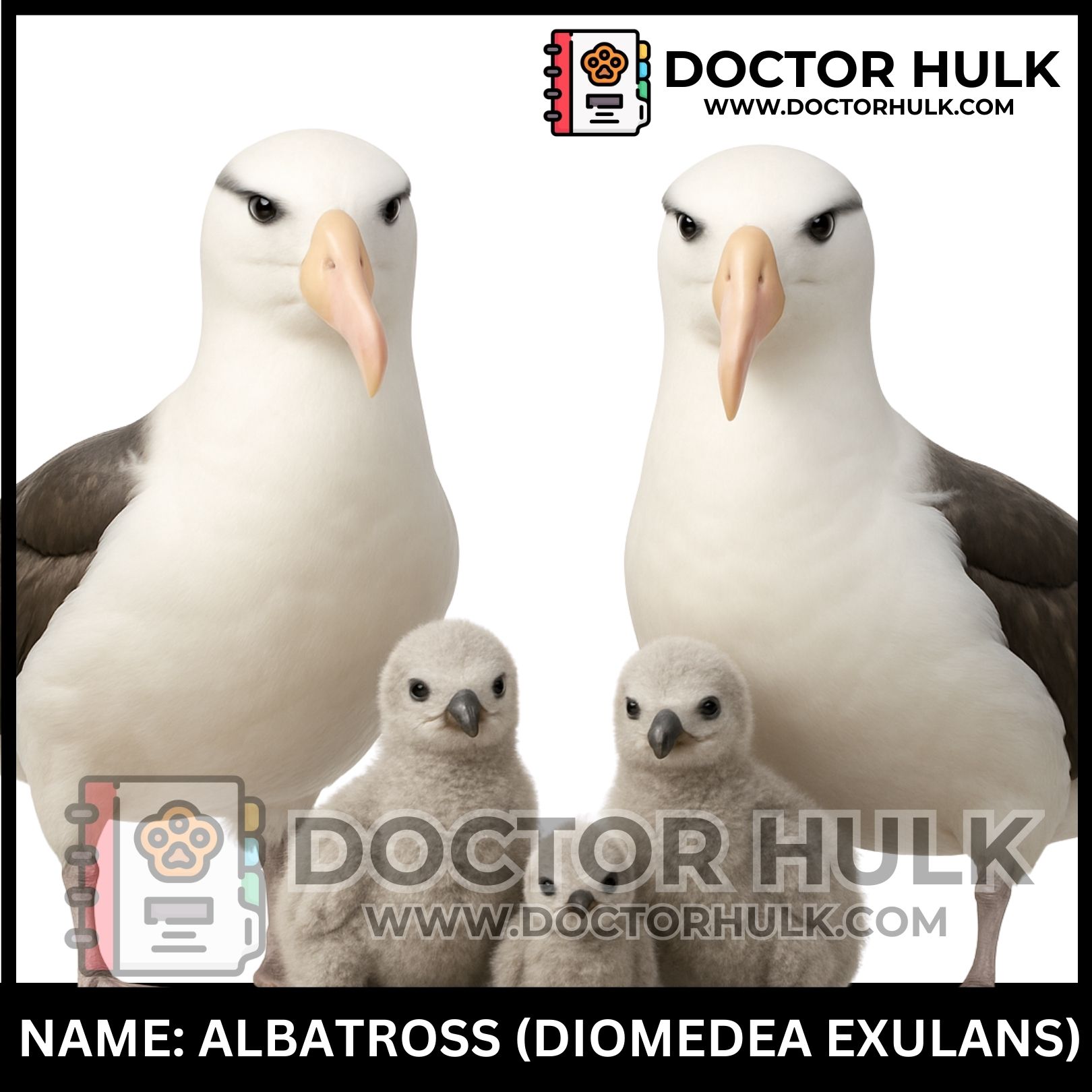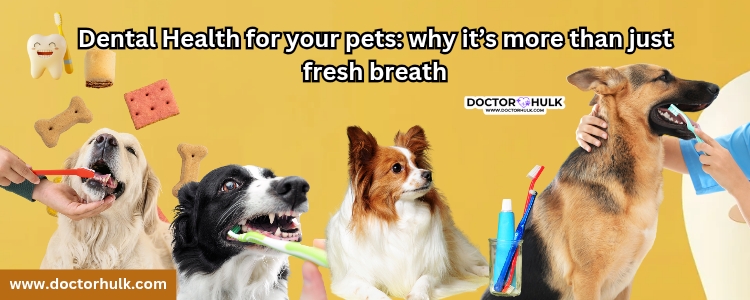Just like humans, your pets need good dental care to maintain their health and well-being. Dental diseases such as periodontal disease are common in pets and can lead to serious health issues if left untreated. Right now, you will understand why dental health is important for your pet, how to care for their teeth, and the steps you can take to prevent dental problems. Keep reading.
Why Pet Dental Health Is Important?
A. Prevention of Dental Diseases
The answers to that question that you just read are numerous. Let’s just review the major reasons why your pet dental health is important. This reasons include the prevention of dental diseases, prevention of bad breath, and improved general health. Dental diseases, such as plaque and tartar buildup, gingivitis, and periodontal disease, can affect your pet’s teeth and gums. These conditions are not only painful but can lead to serious health complications if left untreated. Bacteria from infected gums can enter the bloodstream, and they will affect some important organs such as the heart, liver, and kidneys. Regular dental care can help prevent these issues and keep your pet healthy.
Don’t forget that bad breath is often a sign of dental problems in humans. The same applies to your pets. Although some pets naturally have stronger-smelling breath, but you you see that case of persistent foul odor can be a sign of plaque buildup, gum disease, or infection. Proper dental care can help freshen your pet’s breath and improve their quality of life. When your pet’s dental health is neglected, it can lead to pain, difficulty eating, and weight loss. Pets may also experience other systemic issues caused by untreated dental disease. Taking care of their teeth can help them feel better, eat comfortably, and live a longer, healthier life.
What are the signs that your dog is having dental problems?
These signs are discussed below. It’s essential to recognize the signs of dental problems early so that you can take action before the condition worsens. Some common signs include:
- Bad Breath: Persistent bad breath (halitosis) is one of the first signs of dental disease.
- Gum Inflammation or Bleeding: Red or swollen gums, or bleeding when your pet eats or when their mouth is touched.
- Difficulty Eating or Chewing: If your pet is reluctant to eat, drops food, or chews on one side of their mouth, they may have dental pain.
- Excessive Drooling: Drooling or pawing at the mouth can indicate discomfort or pain from dental issues.
- Visible Tartar or Plaque: A buildup of yellow or brown tartar on your pet’s teeth is an indicator of dental disease.
- Changes in Behavior: If your pet is suddenly more irritable or avoids being touched on the face, it could be due to dental discomfort.
How then should you ensure to care for your Pet’s Teeth?
A. Regular Brushing
Brushing your pet’s teeth regularly is one of the most effective ways to prevent dental disease. Ideally, you should brush your pet’s teeth daily, or at least several times a week. Use a toothbrush and toothpaste specifically designed for pets. Never use human toothpaste, as it contains ingredients that are harmful to animals.
- How do you brush their teeth? The answer is straight forward. Just start by gently lifting your pet’s lip to expose their teeth. Use a pet toothbrush or a finger brush with pet-safe toothpaste. Brush in gentle circular motions, focusing on the outer surfaces of the teeth. Aim to brush for about 30 seconds to 1 minute per session.
B. Dental Chews and Toys
Dental chews and toys can help to reduce plaque buildup and improve your pet’s dental health. These products are designed to be chewed, which helps scrape plaque from the teeth and massage the gums. Look for dental chews that are approved by veterinary organizations, as they are proven to be effective. There are a variety of chew toys available, such as rubber toys and nylon bones, that are safe and help with oral hygiene. These can be a fun way for your pet to maintain healthy teeth while satisfying their chewing instinct.
C. Professional Cleanings
Just like humans need professional cleanings, pets also require regular dental checkups and cleanings. Veterinary professionals may recommend an annual dental cleaning to remove tartar buildup and check for some dental issues. These cleanings are typically performed under anesthesia to ensure your pet is comfortable and safe.
- Anesthesia-Free Cleanings: While anesthesia-free cleanings may be offered by some clinics, these are not as effective as traditional cleanings performed under anesthesia. Consult your veterinarian to determine the best option for your pet.
D. Dental Diets
There are specially formulated pet foods that help promote good dental health. These diets typically feature larger kibble pieces that help clean your pet’s teeth as they chew. Some foods also contain ingredients that help reduce plaque buildup and freshen breath.
- Dental Diets: Many pet food brands offer dental health formulas. Look for brands that have earned the Veterinary Oral Health Council (VOHC) seal of approval, as these diets have been shown to be effective in reducing plaque and tartar buildup.
E. Water Additives
Water additives are a convenient option for improving your pet’s oral hygiene. These products are added to your pet’s drinking water and contain ingredients that help reduce bacteria, control plaque, and freshen breath. While they should not replace regular brushing, they can be a helpful addition to your pet’s dental routine.
4. How to Prevent Dental Problems
A. Early Detection and Regular Checkups
Schedule regular veterinary checkups to detect any dental issues early. Your vet can examine your pet’s teeth, gums, and mouth during routine visits and identify potential problems before they become serious.
B. Avoid Harmful Chew Items
Avoid giving your pet hard objects such as bones, antlers, or hooves to chew on, as they can damage their teeth. Instead, provide appropriate chew toys designed for your pet’s size and strength.
C. Healthy Diet
A balanced diet is important for your pet’s overall health, including their teeth. Avoid giving your pet sugary or starchy treats, as these can contribute to plaque buildup and dental decay. Stick to nutritious treats and consider incorporating dental-friendly options into their diet.
D. Keep an Eye on Your Pet’s Behavior
Be vigilant about any changes in your pet’s eating habits or behavior. If you notice signs of dental discomfort, such as difficulty eating, pawing at the mouth, or bad breath, contact your veterinarian for an evaluation.
5. Conclusion
Pet dental health is a crucial part of your pet’s overall well-being. By following a regular dental care routine, including brushing, providing dental chews, and scheduling professional cleanings, you can help prevent dental diseases and ensure your pet lives a long, healthy, and pain-free life. Don’t overlook your pet’s dental health—make it a priority and take action to maintain their smile and overall health. Always consult your veterinarian for personalized advice on the best dental care practices for your pet.








